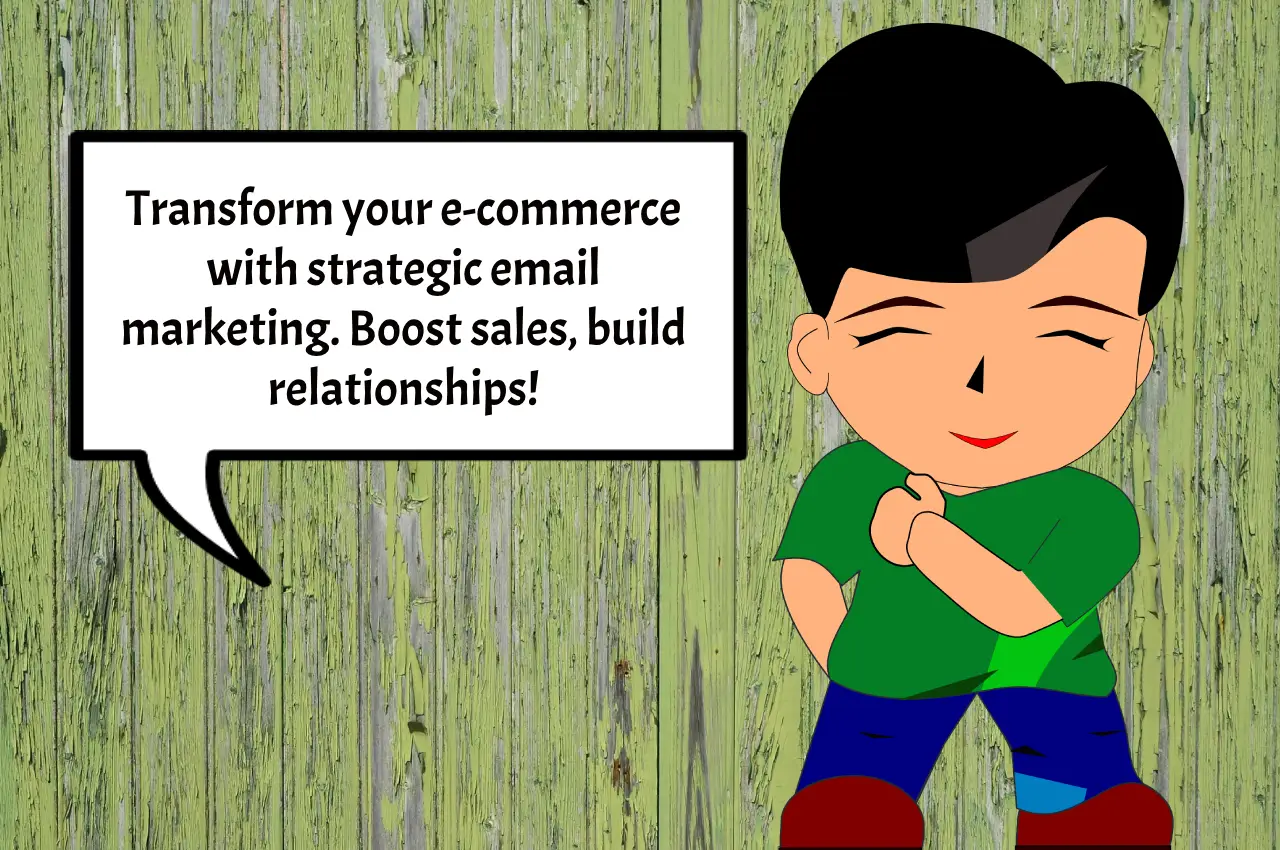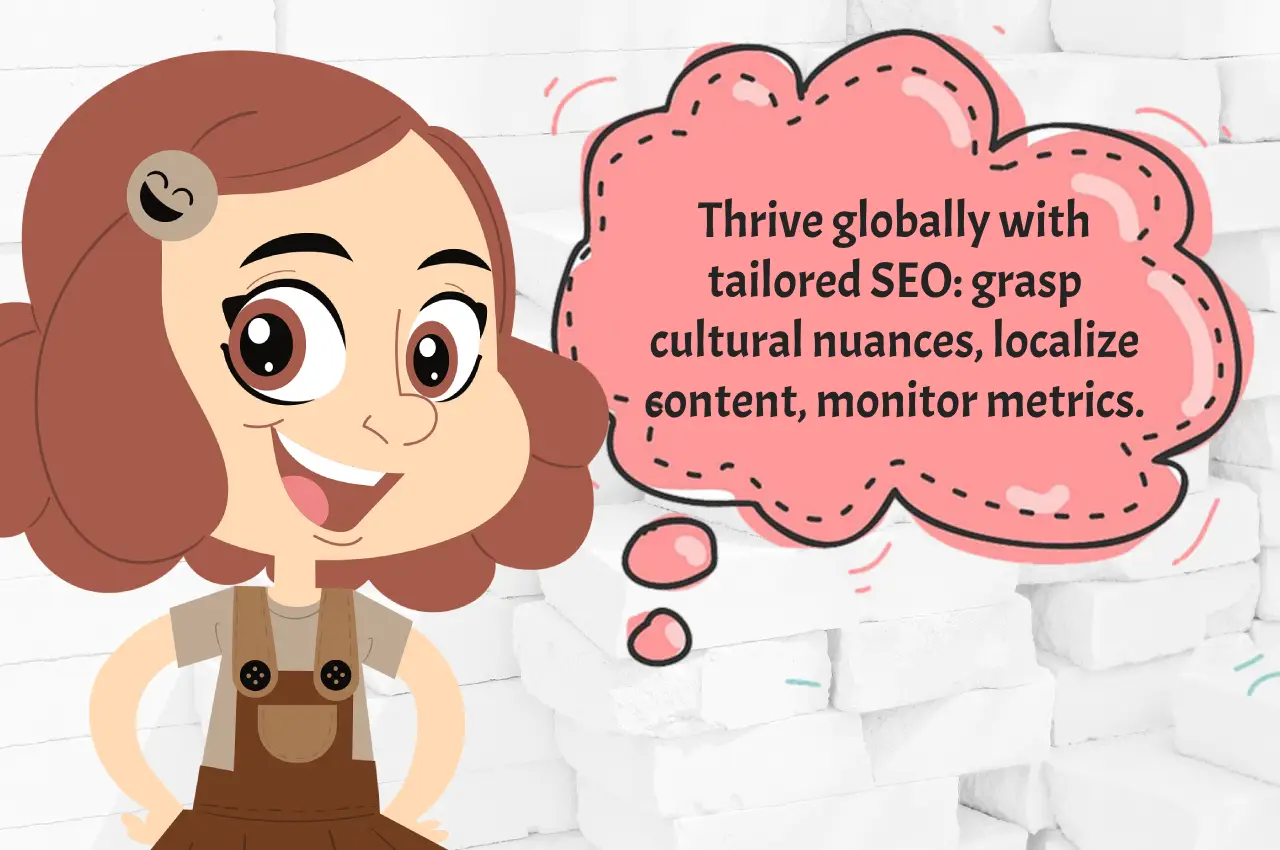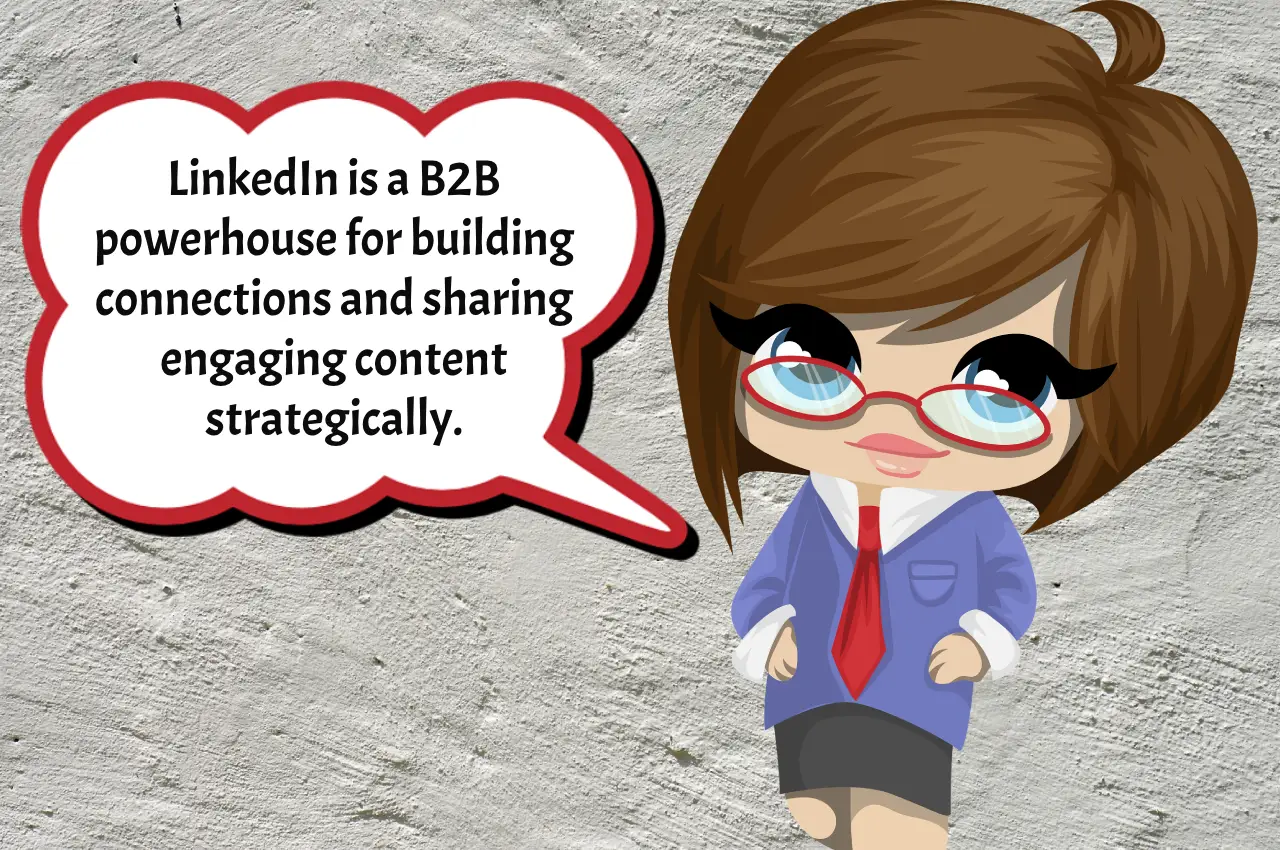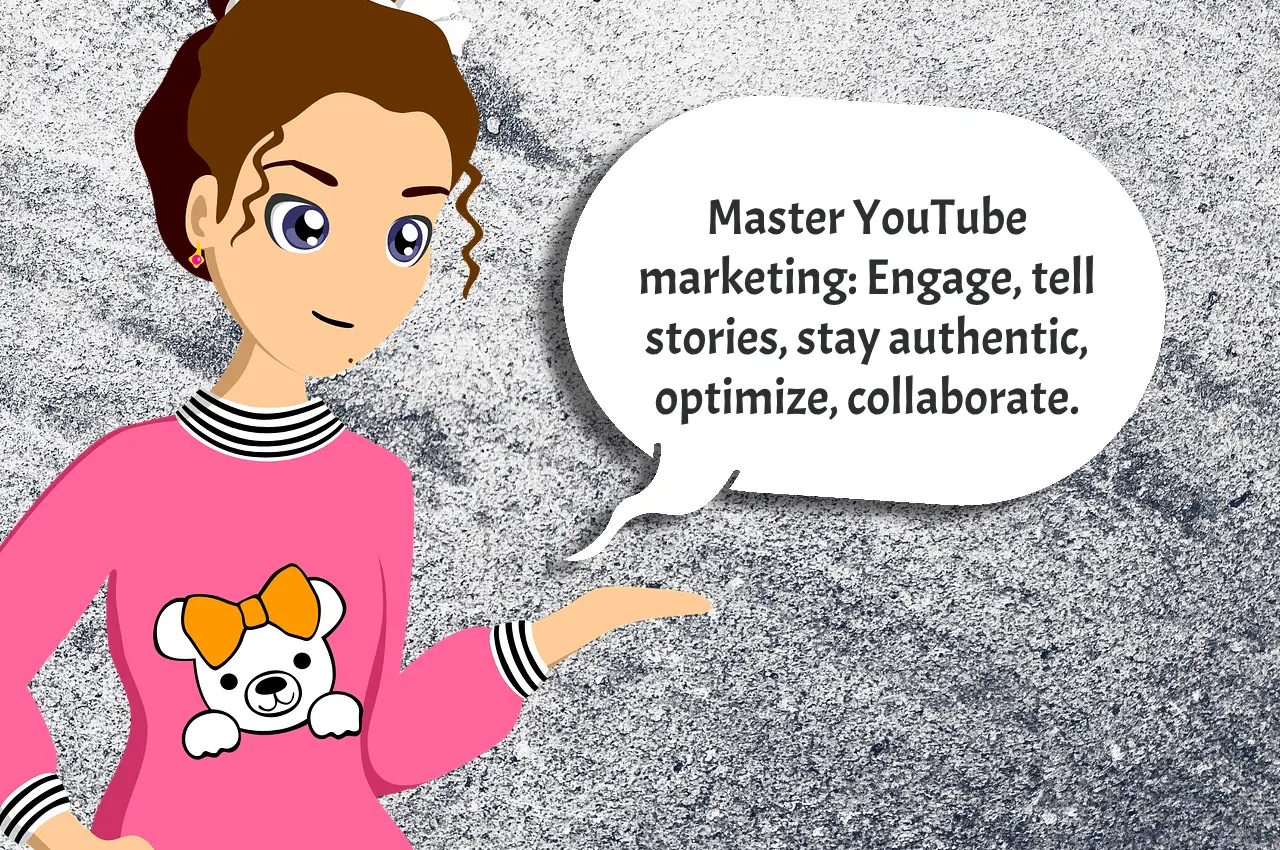In the dynamic world of e-commerce, where attention spans are fleeting and competition is fierce, a strategic approach to email marketing can be a game-changer. When done right, email marketing can not only boost sales but also foster lasting relationships with your customers. In this blog post, we’ll delve into the best practices that can take your email marketing for e-commerce to the next level.
Understanding Your Audience
Before embarking on your email marketing for e-commerce journey, it’s crucial to understand your audience. What are their preferences? What motivates them to make a purchase? Personalization is the key here. Start by segmenting your email list based on demographics, purchase history, or engagement levels. Tailor your content to speak directly to the interests and needs of each segment.
Consider Sarah, a loyal customer who frequently buys workout gear. Sending her personalized emails featuring the latest fitness trends or exclusive discounts on activewear could significantly enhance her shopping experience.
Crafting Compelling Subject Lines
The subject line is your email’s first impression, and we all know the importance of making a good first impression. Keep it concise, engaging, and relevant. Avoid generic phrases like “Don’t miss out!” and opt for something more intriguing. A/B testing different subject lines can provide valuable insights into what resonates best with your audience.
Imagine you’re running a promotion on your e-commerce site. Instead of a bland subject like “Sale Now On,” try something like “Unlock Your VIP Pass to Exclusive Deals.”
Captivating Content is King
Once your email is opened, the content needs to deliver value. Use compelling visuals and concise copy to showcase your products or convey your message. Incorporate a good balance of informative content, promotions, and storytelling. Share success stories, highlight customer reviews, or provide sneak peeks into upcoming products.
For example, tell the story of how a customer transformed their living space using your home decor items. Include pictures and a brief narrative to make it relatable and inspiring.
Timing is Everything
Sending the right message at the right time is critical in email marketing for e-commerce. Pay attention to your audience’s behavior and time zone. Experiment with different sending times and analyze the results. For instance, sending a discount code right after a customer abandons their cart can be a powerful strategy to recover potentially lost sales.
Take the case of John, a busy professional. He prefers receiving emails with weekend promotions. Understanding his schedule and tailoring your timing can significantly increase the chances of engagement.
Mobile Optimization
In an era where smartphones are an extension of ourselves, it’s imperative to ensure your emails are mobile-friendly. Most users check their emails on mobile devices, and a poorly optimized email can lead to frustration and disengagement. Test your emails across various devices and screen sizes to guarantee a seamless experience.
Imagine Lisa scrolling through her emails on her smartphone during her commute. A well-optimized email with clear calls to action ensures she can effortlessly browse and make a purchase right from her device.
Personalized Recommendations
Leverage the power of data to provide personalized product recommendations in email marketing for e-commerce. Analyze past purchases, browsing history, and preferences to suggest items that align with each customer’s unique taste. This not only enhances the shopping experience but also increases the likelihood of repeat purchases.
For example, if a customer frequently buys skincare products, recommending complementary items like a moisturizer or sunscreen demonstrates a keen understanding of their needs.
Segmented Email Campaigns
Different customers have different needs. Instead of sending one-size-fits-all emails, create targeted campaigns for specific segments of your audience. Whether it’s a loyalty program for repeat customers or a welcome series for new subscribers, tailoring your messages ensures relevance and resonates with your recipients.
Consider a pet supply e-commerce store. Sending cat-related promotions to dog owners might not be effective. Segment your list to send personalized offers based on the type of pet each customer owns.
Clear Call-to-Action (CTA)
Every email should guide the recipient on the next step. Whether it’s making a purchase, exploring a new collection, or signing up for a webinar, your CTA should be clear and compelling. Use action verbs and create a sense of urgency to prompt immediate action.
Instead of a generic “Shop Now,” try a more persuasive approach like “Grab Your Favorites Before They’re Gone!” to instil a sense of urgency and excitement.
Feedback and Surveys
Encourage customer feedback to gain valuable insights into their satisfaction levels and areas for improvement. Surveys can help you understand what your customers love about your products or services and identify any pain points that need addressing.
Imagine a customer receives an email asking for feedback on their recent purchase. By expressing gratitude and offering a discount for completing the survey, you not only gather insights but also show appreciation for their opinion.
A/B Testing for Continuous Improvement
The digital landscape is ever-evolving, and what works today may not work tomorrow. A/B testing allows you to experiment with different elements of your emails, such as subject lines, visuals, and CTAs. This iterative process helps you identify what resonates best with your audience and refine your strategies accordingly.
Suppose you’re unsure whether to use a discount percentage or a fixed amount in your promotional email. A/B testing can reveal which approach has a more significant impact on customer engagement and conversion rates.
Unsubscribe Option and Compliance
Respect your subscribers’ choices by providing a clear and easy-to-find unsubscribe option. Ensure your email campaigns comply with data protection regulations such as GDPR. Building trust with your audience is paramount, and respecting their privacy preferences is a crucial step in achieving this.
Imagine a customer receives too many emails and decides to unsubscribe. Making this process straightforward and hassle-free ensures a positive experience, even if they choose to discontinue their subscription.
Analyzing Metrics for Success
Regularly analyze key metrics such as open rates, click-through rates, and conversion rates to gauge the success of your email marketing for e=commerce campaigns. Use this data to identify patterns, trends, and areas for improvement. A data-driven approach enables you to refine your strategies and optimize future campaigns.
If you notice a spike in engagement when using storytelling in your emails, consider incorporating more narratives into your content to further captivate your audience.
Elevate Your E-commerce Game with Effective Email Marketing
In the fast-paced world of e-commerce, mastering the art of email marketing for e-commerce is essential for sustained success. By understanding your audience, crafting compelling content, optimizing for mobile, and leveraging personalization, you can create impactful email campaigns that drive engagement and boost sales.
Ready to supercharge your e-commerce business? Share your thoughts on these email marketing for e-commerce tips in the comments below, and let’s start a conversation on how you can implement these strategies for your brand’s success!





